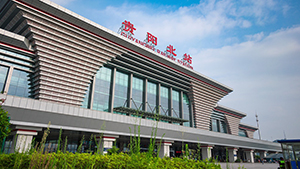Managing financial globalization: A guide for developing countries
As cross-border capital flows rise relative to world gross domestic product (GDP), developing countries do not wish to miss the associated benefits. But at the same time, they are also anxious about avoiding the associated economic instability and distortions. What is the right strategy with regards to international capital flows? We can draw lessons based on the recent literature.









